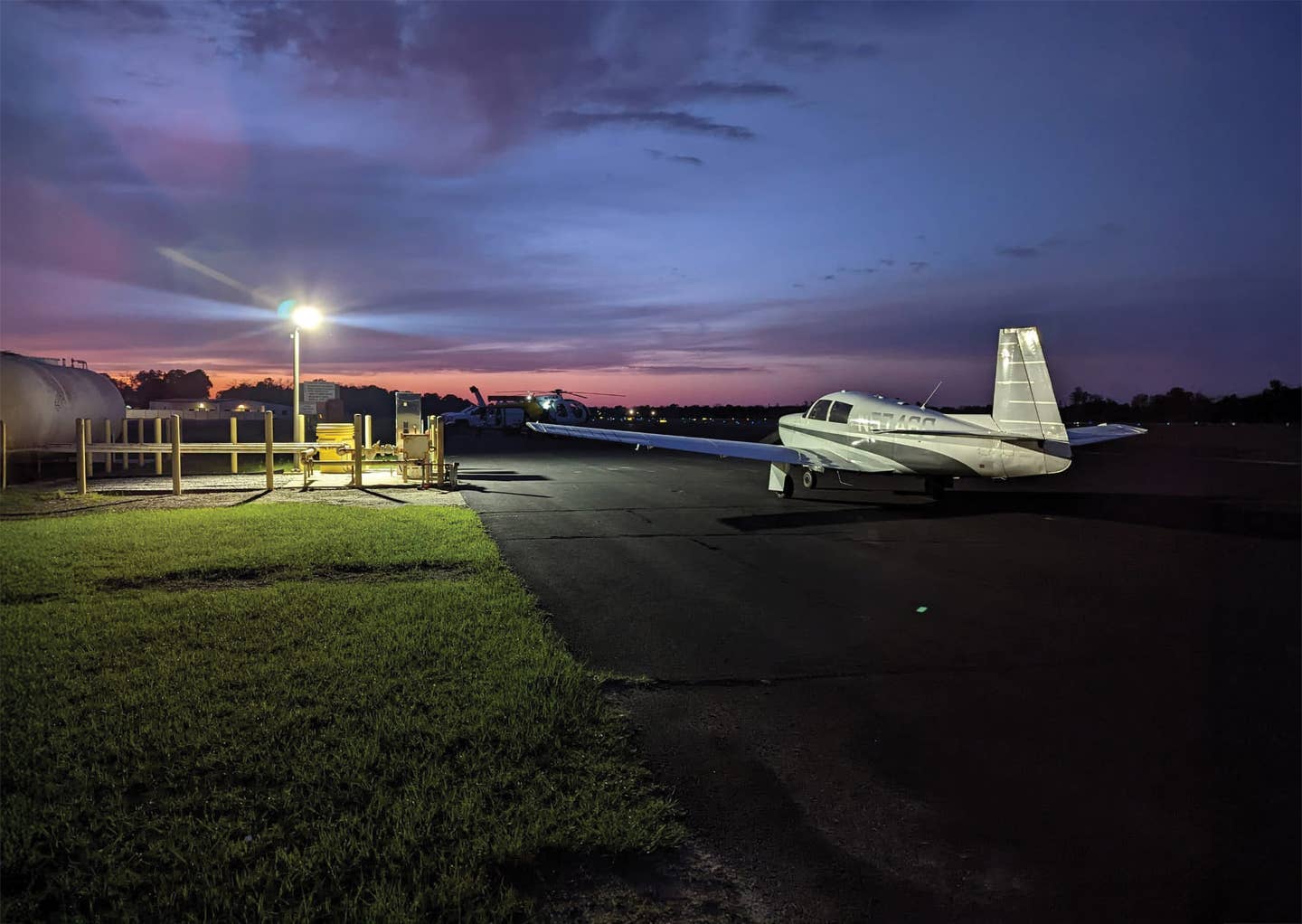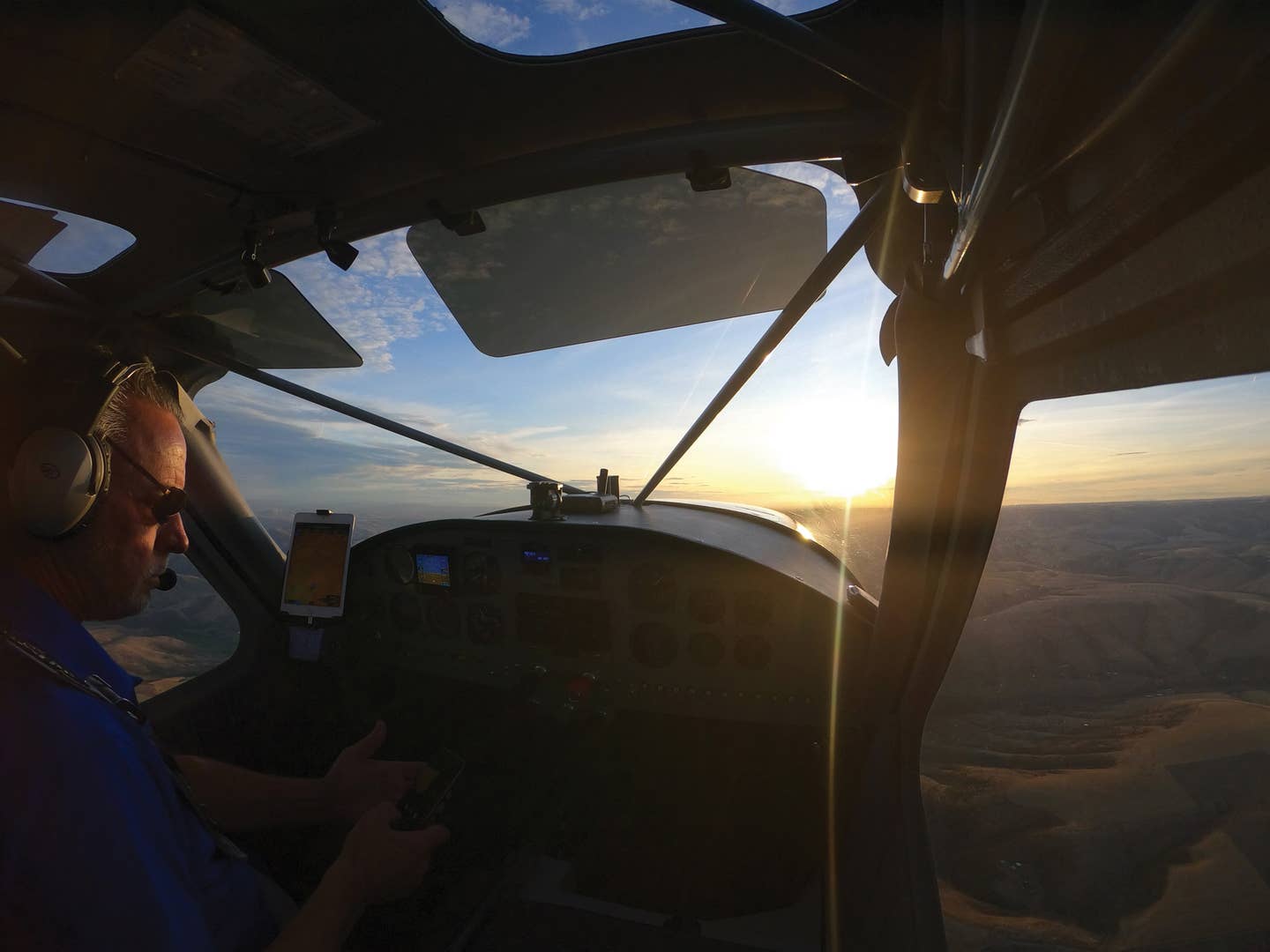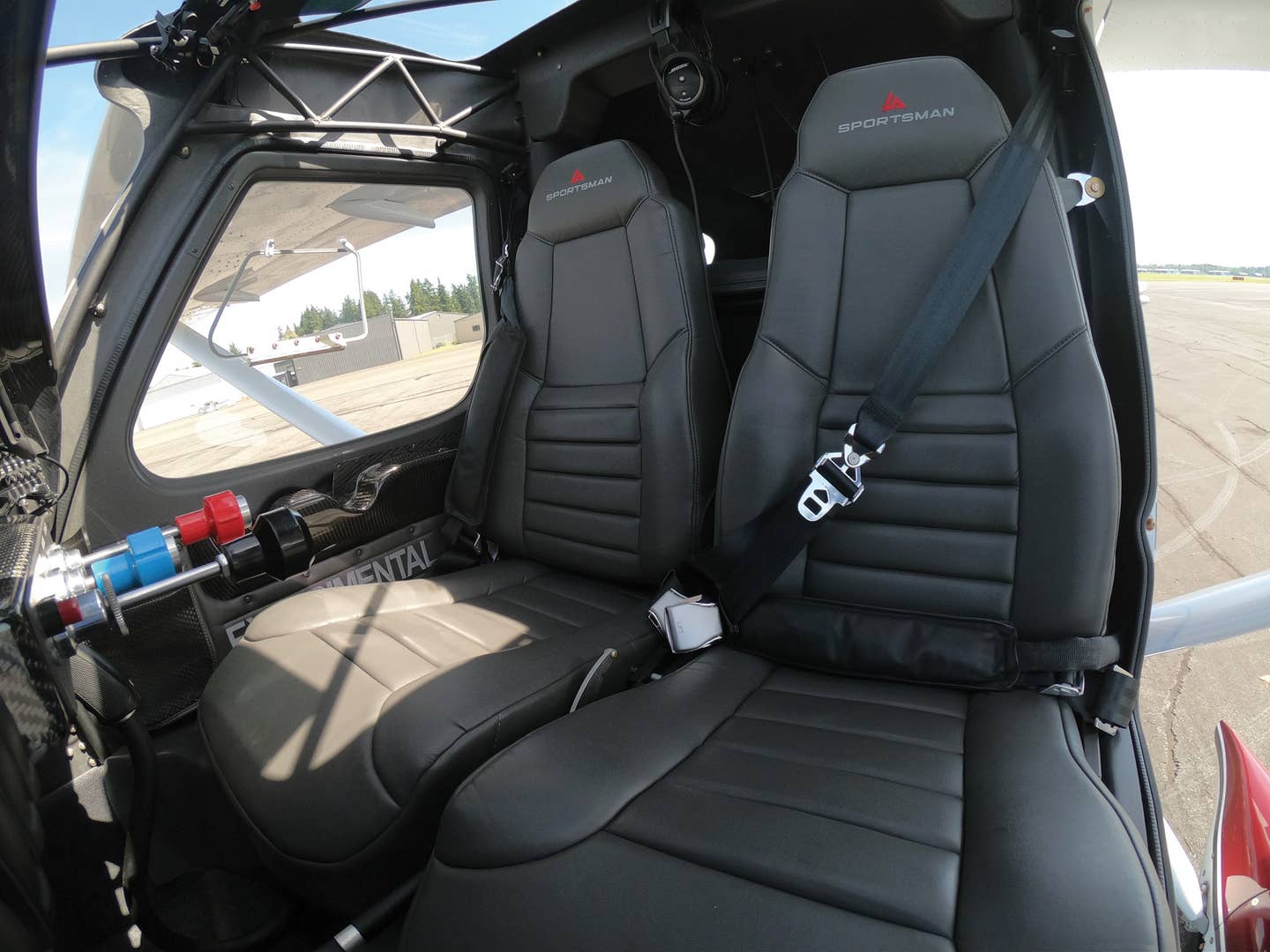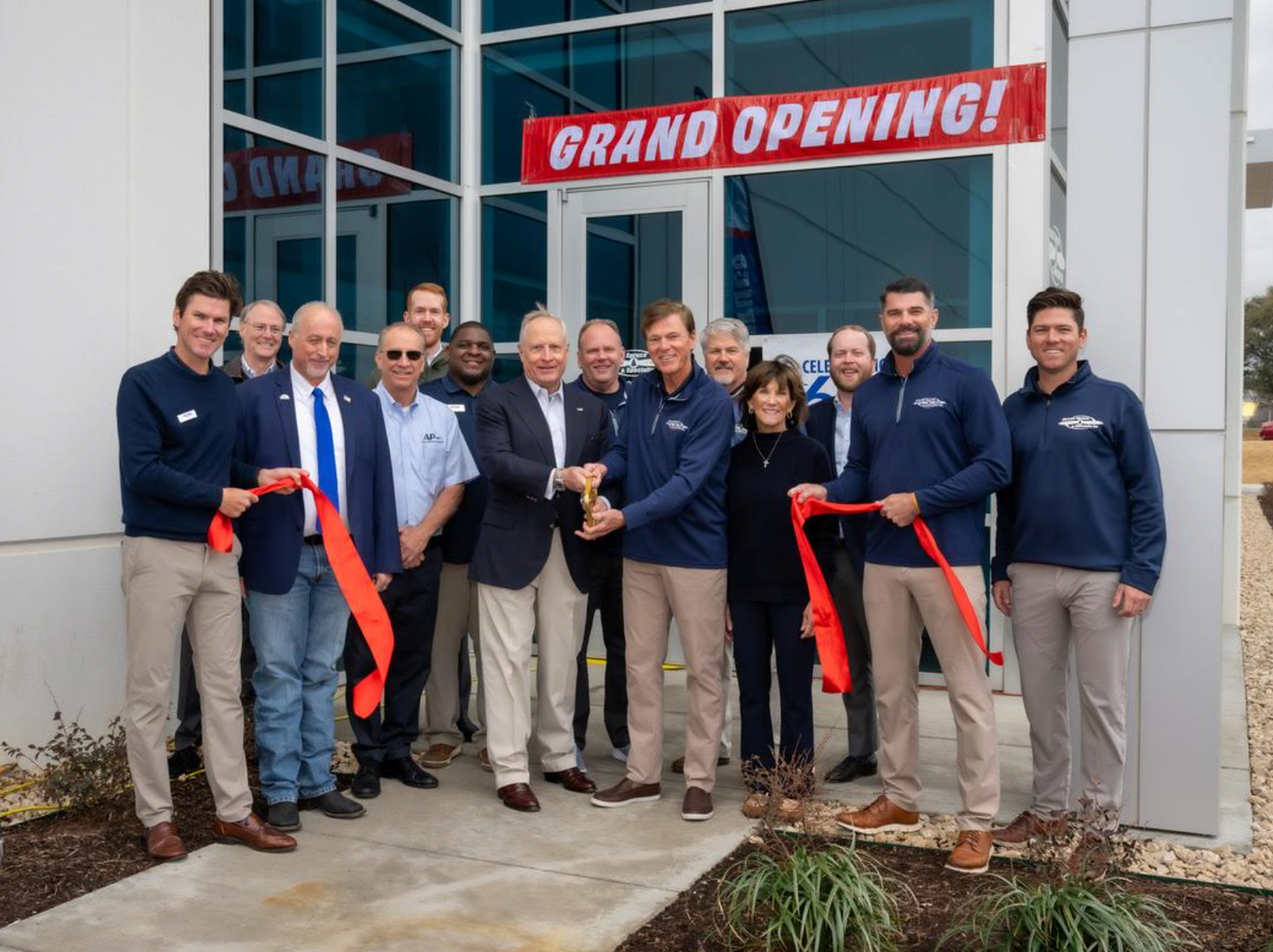Switch Tanks!
A pilot new to the Mooney misunderstood the fuel system, to his peril
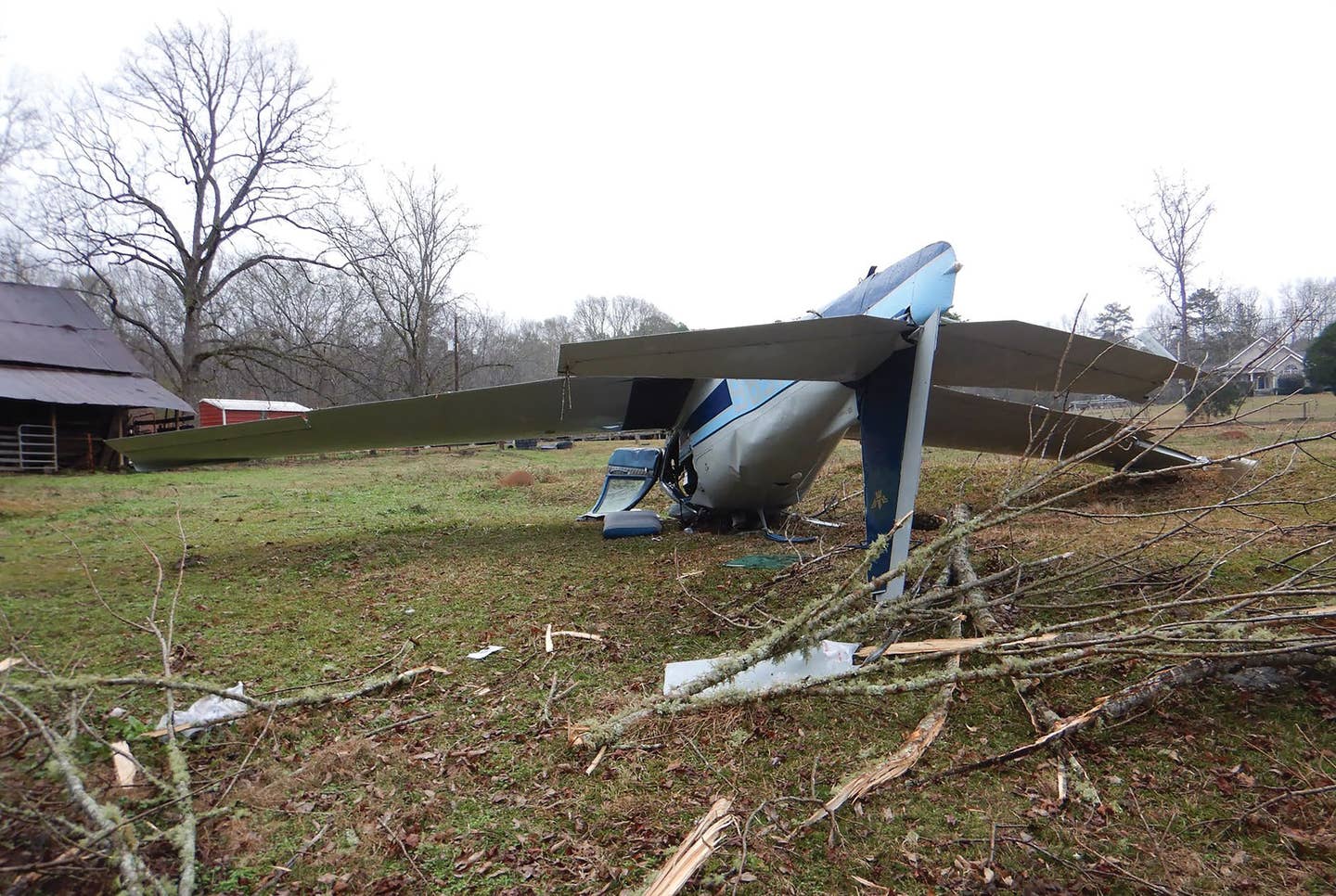
Photos: NTSB
“Mayday, Mayday, Mayday…”
“Aircraft calling?”
There was no immediate reply to Atlanta Center’s query. The frequency returned to being quiet. An American Airlines jet said it was pretty smooth at FL 300. The controller tried again. “I was hearing a mayday call. Is there an aircraft calling with mayday?”
“Mayday, Mayday.”
“Who’s calling Center?”
“N74586. I’ve got a rough engine.”
The controller assessed the situation—a single-engine plane over Alabama at 6,000 feet with engine troubles—and offered the pilot a heading to the nearest airport. It was Alexander City’s Thomas Russell Field (KALX), about 10 miles away. ATC also gave the pilot some details about the airport. The plane turned to the new track.
“I’ve got my engine back.” The pilot sounded calmer and continued to take headings to Alex City, now 8 miles away.
He was a relatively new commercial pilot, earning his certificate a few months earlier, and had 500 hours total time. The plane was a 1961 Mooney M20B, a fast piston-engine, retractable-gear four-seater. The pilot was new to Mooneys, flying one for the first time just the day before.
He was alone, on a reposition flight for the owner, his boss. The weather wasn’t great, with local ceilings reported overcast at 1,000 feet, but certainly flyable. Now on a wide base leg, several miles north of the airport, the controller was about to turn him to line up with Runway 18.
“I am engine out.”
Radio and radar contact were then lost. The story is picked up by a witness on the ground, who heard branches breaking and thought maybe a tree was falling. Looking up, he saw an airplane clipping the tops of the trees. This observer told the National Transportation Safety Board (NTSB) there was no engine noise, just the sound of breaking trees.
His neighbor’s security camera captured the peaceful farm scene complete with a barn, shed, and a cow. Suddenly the Mooney appears, dropping near vertically down from the top of the treeline. It came to a stop, upside down, on grass, mostly intact but with the front badly crumpled. There was no postimpact fire. The wildly incongruous inverted plane was stared at by the cow. The pilot was found conscious but died soon afterward.
The NTSB has recently released the final report on this December 13, 2022, crash.
At the accident site, fuel could be seen in the left tank (right), but none was apparent in the other tank despite the lack of an obvious breach.
Examination of the airframe and engine revealed no evidence of preimpact mechanical failures or malfunctions that would have prevented normal operation. The oil suction screen and oil filter were free of any debris. FAA forensic toxicology testing of the pilot was negative for drugs.
While the cloudy weather precluded the pilot from picking a good field to glide into from 6,000 feet, it didn’t cause the engine to stop. TV news footage of the crash site showed first responders containing a fuel spill, so the plane didn’t run out of gas.
But fuel did become a focus of the investigation. The Mooney was fueled with 22.2 gallons of avgas the day before the flight, then was flown for a couple of hours. A person at the airport on the morning of the accident, recalled the pilot saying he hoped the airplane was already fueled so he could get started on his preflight checks.
This indicated to the NTSB that “he may have been in a rush to depart.” This witness also heard an airport employee tell the pilot the plane was “fueled and ready” and remembers the pilot taking a picture of the gas receipt with his phone. The NTSB found a receipt for about 38 gallons of avgas that morning. However, the airplane registration number did not match the accident airplane. Without better surveillance video or receipt data, the NTSB could not determine the amount of fuel that was on board at takeoff.
What it does know is that after the accident there were 18 gallons of avgas still in the left fuel tank, while the right tank was found completely empty. No fuel was in the engine hoses or fuel system components. The fuel screen was free from debris and unobstructed. And the engine-driven fuel pump, when turned using an electric drill, worked fine. It appeared that the fuel in the left tank wasn’t getting to the engine.
Most Mooneys (except for some newer models or those with long-range tanks) have similar fuel systems. In the cockpit, on the floor or maybe the lower center console, there is an L/R/OFF valve. This switch in the accident airplane was found in the “R” position. If the plane had been fully fueled, it would have landed safely at the planned destination using just the right tank. But if it wasn’t topped off, the NTSB calculated the right tank would run out of fuel at about the position of the first repeated mayday calls.
The owner of the plane told the NTSB he gave the pilot “at least an hour” of ground instruction prior to having him fly the Mooney. He may have not made everything clear. Text messages the day before the accident, from the pilot to a friend, have a lot of questions. “So when would the proper time be to use the turbo on the Mooney?” “Hey, man, when you get a chance, can you send me the aircraft profile for the Mooney.” “AP in Mooney work?” (He was told, no, the autopilot had never worked.) And this one: “Do you have to swap fuel tank sides in the Mooney like an Archer/Warrior or does it all crossfeed?”
The reply was, “Yes, swap fuel tanks…I did every 45 min.” The accident pilot replied that he understood.
The NTSB report’s probable cause is “total loss of engine power due to fuel starvation.” If the pilot had better systems knowledge, the fuel would have been more balanced. If he had preflighted better, he would have known how much fuel the Mooney really had in each tank. If he had monitored the fuel gauges, he would have known of the need to switch tanks. And when the engine first ran rough, knowing how to reach down and switch tanks while hand flying in the clouds would have kept the engine running.
The NTSB notes that running out of fuel or starving an engine of fuel “is highly preventable.” Less than 5 percent of the agency’s no-fuel-to-the-engine investigations find a failure or malfunction of the fuel system. That means more than 95 percent of these accidents could be avoided by better pilot knowledge, attention, and actions.
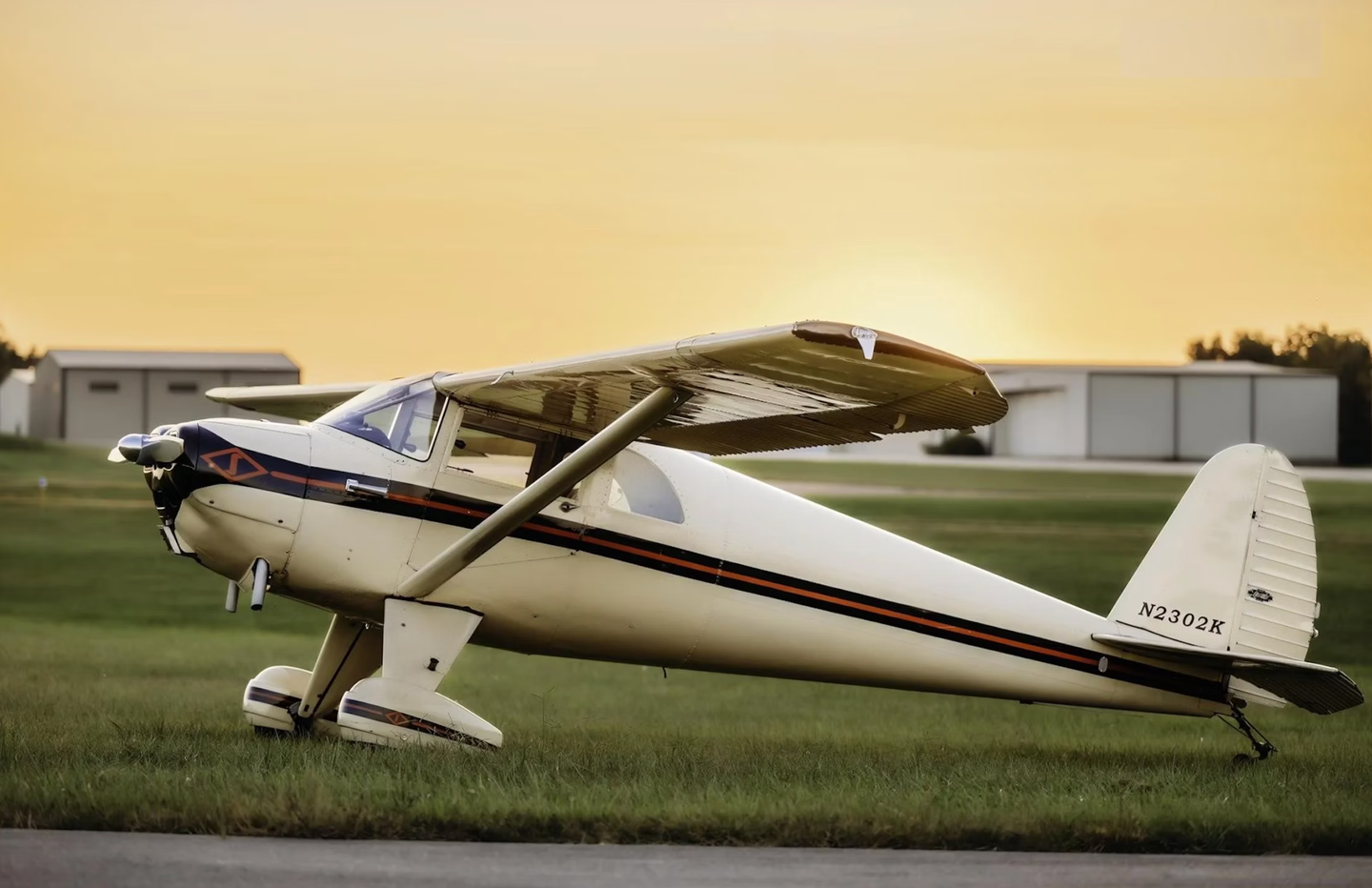
Subscribe to Our Newsletter
Get the latest Plane & Pilot Magazine stories delivered directly to your inbox

